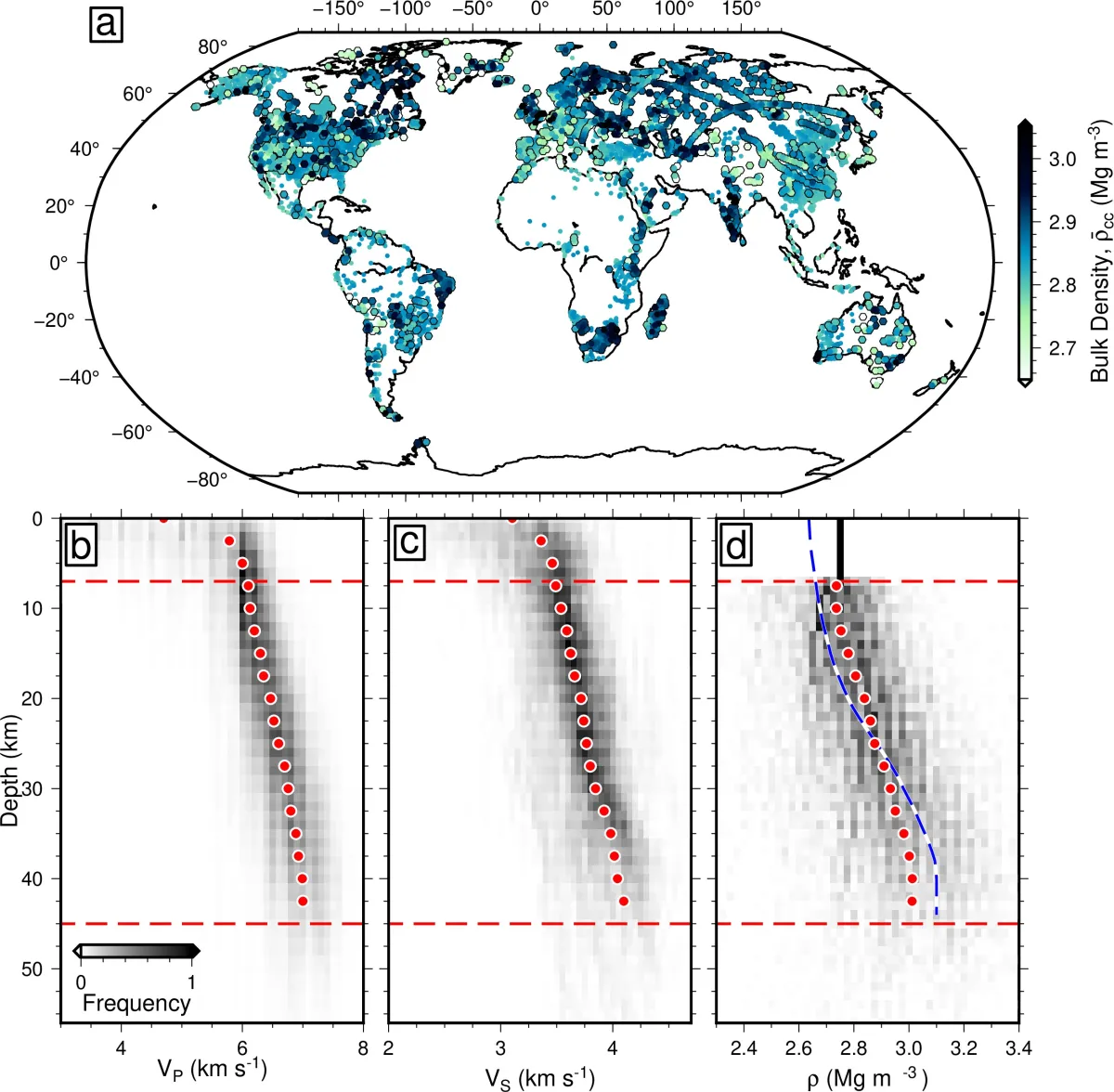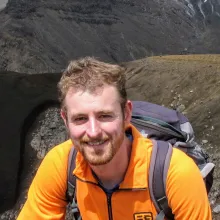
Crustal Architecture and its Relationship to Metallogenesis
This research program uses laboratory experiments and geophysical imaging techniques to constrain the thickness and density structure of continental crust and investigate its relationship to mineral systems.
Project status
Content navigation
About
Continental crust covers approximately one-third of Earth’s surface and hosts the majority of natural resources used by society. Despite its prevalence, its structure and composition is incredibly heterogenous (ranging in age from the Archean through to modern) and is also surprisingly poorly understood. This work program focuses on improving our knowledge of crustal architecture using a range of geochemical and geophysical approaches. Specific techniques used include thermobarometric analysis of crustal xenoliths, receiver function analysis of crustal velocity structure, and laboratory experiments on the seimsic properties of crustal rocks as a function of pressure and temperature. We combine these and other datasets to build comprehensive models of the thickness and lithological composition of continental crust throughout Australia and the world. We then use these models to assess the influence of crustal processes on critical mineral systems and develop methods for improved exploration targeting.


